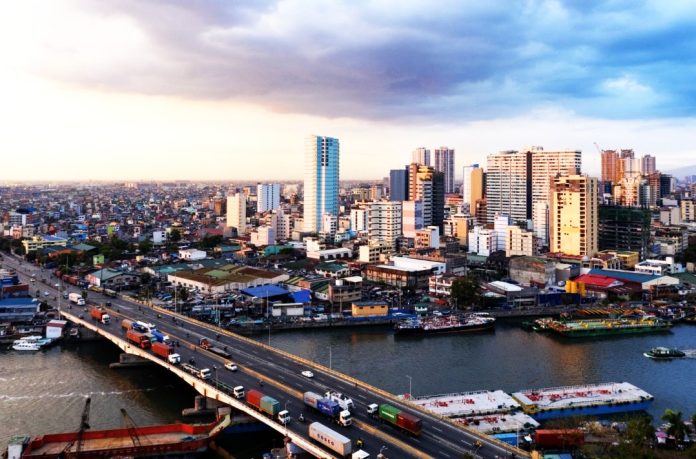MANILA – In 2024, the Philippines emerged as one of Asia’s fastest-growing economies, achieving an impressive 5.2% growth in the third quarter and an average growth rate of 5.8% for the first three quarters.
The country’s economic growth during the period outpaced Malaysia (5.2 percent), Indonesia (5.0 percent), China (4.8 percent), and Singapore (3.8 percent).
The growth was driven by increased capital investments and accelerated government spending, despite challenges such as the El Niño phenomenon, severe typhoons, and geopolitical tensions.
Inflation, a significant concern in 2023 at 6.0%, dropped notably to 3.2% by November 2024. Key factors behind this improvement include Executive Order 62, which reduced rice import tariffs, and the expansion of Kadiwa stores offering affordable goods. These measures have provided relief to vulnerable households, boosting consumer confidence and spending.
“The Philippine economy has shown remarkable resilience this year. Our [gross domestic product] growth averaged 5.8 per cent for the first three quarters of 2024. We experienced significant weather-related disturbances or disruptions throughout the year: a prolonged dry season due to El Niño and the consecutive strong typhoons amid La Niña,” National Economic and Development Authority (Neda) Secretary Arsenio Balisacan said.
Economic managers cite strong holiday spending, stable commodity prices, and sustained remittance inflows as essential drivers for the final quarter of the year.
Looking ahead, the administration is focused on maintaining growth through significant infrastructure investments under the “Build Better More” initiative, reforms to improve the ease of doing business, and strategies to enhance competitiveness. Achieving upper middle-income status by 2025 is a central goal, contingent on sustaining this growth trajectory and ensuring currency stability.
This performance underscores the Philippines’ economic resilience and its potential to strengthen its position as a key player in the regional economy.





































